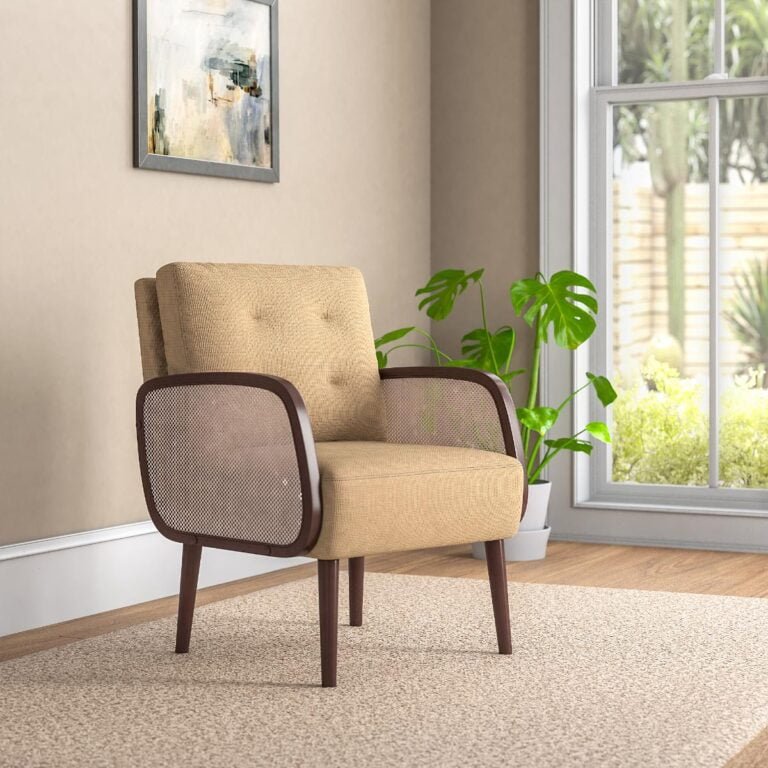Little Known Facts About 3d Furniture Visualization.
Premium 3D Furniture Rendering for Impressive Showcases

In today’s competitive furniture market, captivating visuals play a critical role in attracting buyers and boosting sales. 3D furniture rendering provides brands with an impactful method to highlight designs in photorealistic settings, giving buyers a clear and immersive view. Using modern 3D rendering, companies deliver visuals with accurate textures and finishes so buyers can imagine products in their homes or offices.
How 3D Furniture Visualisation Works
3D furniture visualization is the process of using computer-generated imagery (CGI) to create realistic models and renderings of furniture items. The renders reveal details like fabric patterns and wood grain, offering a realism that standard photography rarely matches. Displaying furniture in thoughtfully designed digital settings allows customers to visualise products in real-life spaces.
The Value of 3D Visualisation in the Furniture Industry
For strong online and offline promotions, high-quality visuals are vital, and 3D rendering delivers cost-effective results. Unlike photography, which needs prototypes and studios, 3D visuals are built before production, lowering costs and saving time. Easily customisable visuals make 3D renders perfect for digital shops, brochures, and marketing materials.
Leveraging 3D Visualisation to Stand Out in the Market
Companies rely on 3D renders to design marketing content that draws attention in competitive arenas. Such renders appear across platforms, portraying furniture in multiple appealing lifestyle contexts. By showing products clearly and beautifully, these visuals build confidence and drive sales interest.
How Lifestyle Visuals Drive Furniture Sales
One of the key advantages of 3D furniture visualization is the ability to place furniture in realistic lifestyle scenes. These renders showcase pieces in beautifully designed 3d Furniture Visualization rooms, complete with complementary décor and lighting, helping customers see how the furniture fits into a complete setting. Lifestyle renders forge a stronger connection with viewers, encouraging engagement and purchase intent.
The Creative Flexibility of 3D Furniture Rendering
3D visualization offers unmatched flexibility compared to traditional photography. Brands can test colours, materials, and setups digitally, avoiding costly prototypes. Brands can display many variations swiftly while ensuring consistent branding and quality.
Cutting Marketing Costs with 3D Visualisation
Standard furniture photography brings high costs, from sample creation to studio hire and logistics. 3D furniture visualization reduces these costs by eliminating the need for physical samples and enabling easy modifications. Scaling product images becomes easier and cheaper, supporting broader marketing strategies.
How Interactive Renders Improve E-Commerce Conversions
As digital sales grow, 3D renders have become critical for customer trust in furniture buying. 3D models provide a full, interactive view of products, helping customers choose confidently. High-detail renders minimise returns and elevate buyer satisfaction.
Reducing Time-to-Market Using 3D Visual Content
Because 3D renders can be created before a product is manufactured, companies can accelerate their marketing efforts and bring products to market faster. It enables quick rollout of new lines and catalogues while beating competitors to market.
How 3D Visualisation Strengthens Brand Aesthetics
Consistency is key to building brand identity, and 3D furniture visualization ensures that every image, from catalogue shots to online listings, aligns with the brand’s style and quality standards. Using 3D visuals ensures companies present a polished, cohesive identity in all media.
Why Furniture Brands Prefer Digital Rendering Solutions
As competition intensifies in the furniture industry, businesses are turning to 3D visualization to stand out. Brands choose 3D imagery for its realistic, flexible, and economical benefits that boost marketing and sales impact.
Conclusion
3D renders have become essential for furniture brands and designers to display items with impact. Thanks to its realism, versatility, and affordability, 3D visualisation supports effective promotion and customer trust. For catalogues, digital shops, and ads, 3D renders make products stand out and perform better in competitive arenas.